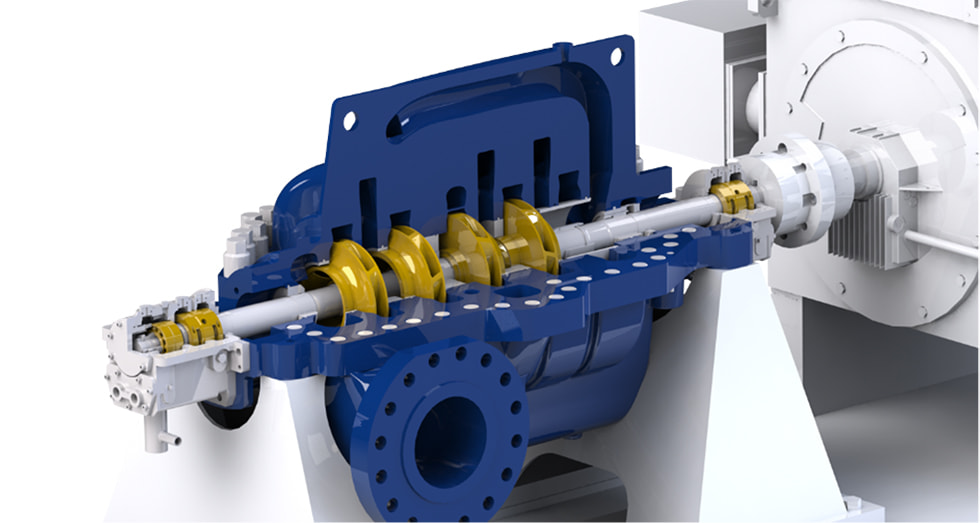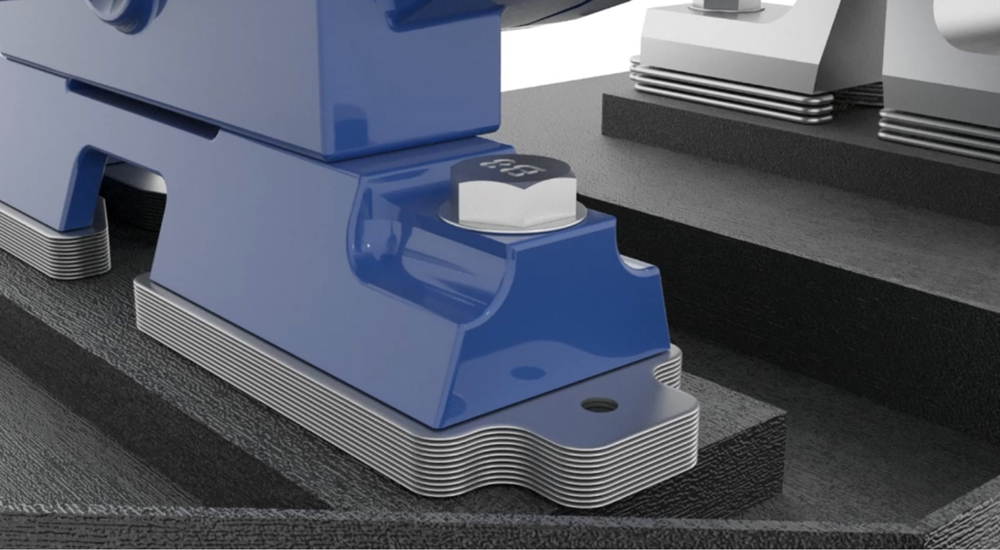
With pump reliability, much has been written about pump design and the problems of operating equipment away from the best efficiency point (BEP). The many standards for pumping equipment guide the levels of acceptable vibration and operational regions where pumps are allowed to run as well as the appropriate performance criteria they should meet.
An unfortunate situation often occurs, and despite the pump’s design and operation being correct, the pump’s reliability suffers.
The reliability of a machine should be viewed as a chain, with pump design and operation being only links. Reliability comes from relentlessly pursuing the root cause of failure and eliminating the weak links from the chain. Once one link is eliminated, the following weakest link becomes the focus of attention.
One weak link often ignored within the reliability chain is the pump’s installation. No matter how well the pump is designed or how precisely the components are manufactured, the pump cannot perform reliably if the system it sits within is flawed.
One example of this is the pump’s installation on the baseplate. The pump’s feet should be fastened hard against the pump mounting pedestals. There should never be any need to install shims under the pump’s feet.
.jpg)
Large, multistage pumps generally have four feet (Image 1). If the pump’s feet or the baseplate feet are not constructed correctly, it can cause the pump to sit down on three feet, as a three-legged stool would, leaving the fourth foot away from a firm surface.
Thus, the interface between the pump foot and base would be soft. Image 2 Illustrates in an exaggerated way how in a natural, unbolted position one foot does not sit down on the baseplate.
.jpg)
This situation should be investigated thoroughly as it may indicate a problem with the baseplate installation or pump foot machining/setting.
In many cases, it is common practice to use unacceptable arrangements to correct a soft foot. Fixing the problem using shims is not ideal, but if this is the only available option, then the following approach should be adopted:
- Use only one shim, as a stack of multiple shims under the pump’s foot can act as a spring.
- Use a shim that covers the entire pump foot.

It is also essential to understand the machine and its operating environment. For example, on a machine in hot service where some amount of thermal expansion is expected, such as a BB4 pump in boiler feed service, pump soft foot and shims lead to serious problems.
The pump does not exist in isolation from all the elements that interact with it. Reliability can be compromised by poor installation. Care and attention to detail across all elements of installation is important.

